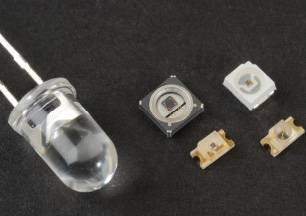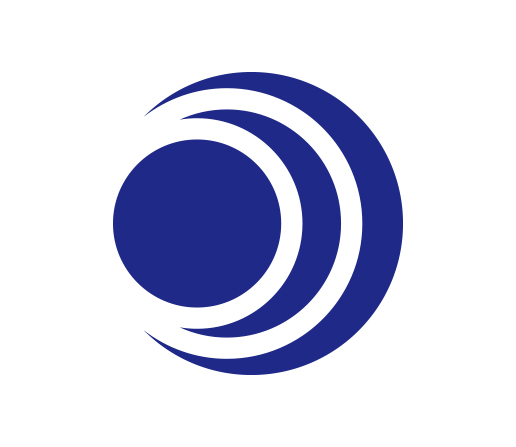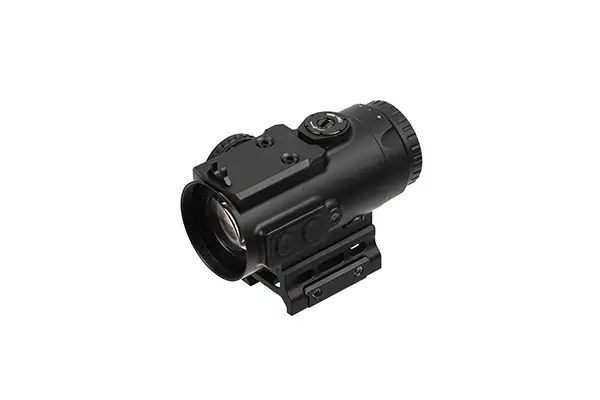Marktech Introduces New Generation of SWIR Emitters

With ranges of 1040nm to 1650 nm, new series offers up to 2X increased power output compared to previous models LATHAM, NY—Feb. 9, 2021—Marktech Optoelectronics, one of the world’s leading optoelectronics engineering, design, manufacturing and test facilities, today announced the introduction of its new series of short wavelength infrared (SWIR) Emitters. This next generation of […]
UV Curing Module

The QuickCure™ QC250 UV Curing Module was developed for the machine designer tasked with upgrading traditional UV bulb-curing systems to a more reliable UV-LED platform. The QC250 UV Curing Module features an array of 100 high power UV LEDs configured into a 1 inch x 1 inch board space and produces upwards of 19.2 W/ […]
Marktech Announces Custom Reticle Capabilities

One of the first optoelectronics companies to offer a 10-micron red dot reticle April 27, 2017 LATHAM, NEW YORK… Marktech Optoelectronics, a Latham, New York-based manufacturer of standard and custom optoelectronics, has announced their new custom reticle capabilities. This display technology is used in applications, which include rifle scopes, binoculars, cameras, and range finders. All […]
Marktech Optoelectronics and Digi-Key Now Offer Custom-Made Photodetectors

Marktech Optoelectronics has teamed up with Digi-Key Electronics, a global electronic components distributor, to offer the ability to obtain custom-made photodetectors specifically designed and optimized to meet customer specifications. The custom-made photodetectors can be made from any of the following Marktech product lines: silicon photovoltaic or photoconductive photodiodes, avalanche photodiodes, phototransistors, or InGaAs PIN photodiodes. […]
Marktech Offers Extensive Lineup of Standard SWIR LED Emitters in a Variety of Packaging Options

Marktech, a premier optoelectronic manufacturer, offers an extensive lineup of standard short wave infrared, or SWIR LED emitters in a variety of packaging options. Products in this family range from 1020nm to 1720nm with operating currents from 20mA to 350mA and can be additionally sorted for specific wavelength or power requirements. Infrared LEDs are used […]
Customization of Optoelectronic Emitter Materials

A Brief Summary of Part One in a Six-Part Series on Customization >> Download a PDF of the comprehensive version of the “Customization of Optoelectronic Emitter Materials” article. Utilizing our 30 years of experience in optoelectronics, Marktech’s customization process focuses on customer needs and applications. Instead of using standardized–but perhaps non-optimized–parts, Marktech allows advantageous custom […]
A Brief Introduction to Customization

A Brief Introduction to CustomizationThe First in a Six-Part Series INTRO: This introduction is the first installation in a six-part series focused on how Marktech does optoelectronic customization–both emitter and detector components and assemblies that are specifically designed for your application. The series will include in-depth analysis of materials, packaging, and testing based on our […]






